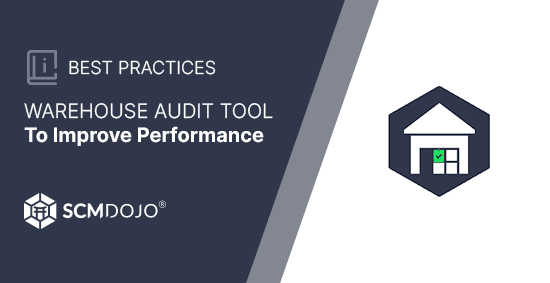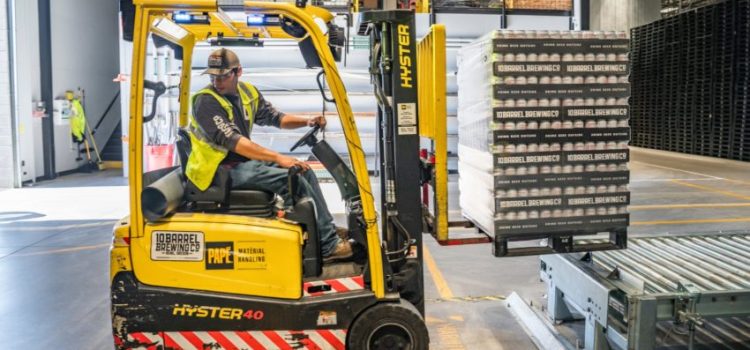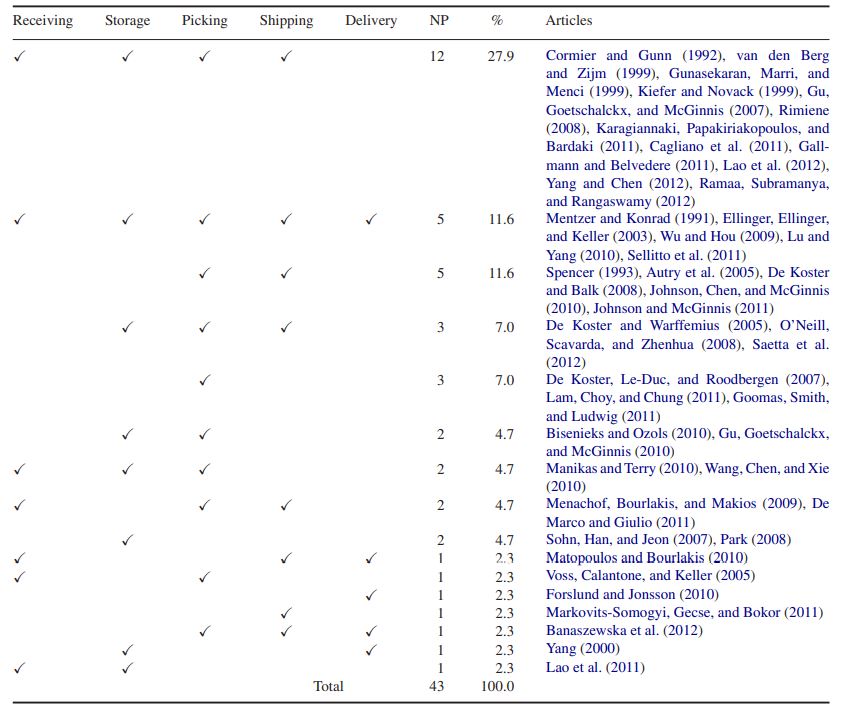Warehouses are a basic part of any production network. Hence, which are the fundamental warehouse activities that merit your attention for improvement?
Typically warehouse activities in logistics includes: buffering the material stream along the supply chain to suit changeability brought about by components, for example, item regularity as well as clustering transportation and production; combination of items from different providers for joined conveyance to clients; and value-added processing, for example, product customization, kitting, labelling and pricing (Gu et al., 2007)
Market rivalry requires persistent improvement in the plan and delivery of supply chain networks, which thus requires a higher degree of performance from distribution centres. One way to access the performance of distribution centre is to conduct Warehouse Self-Assessment, using this tool and close the gaps by referring to these warehouse management books. The choosing of management beliefs, for example, Just-In-Time (JIT) or lean production additionally brings new difficulties for distribution centre frameworks, including more tighter stock control, shorter reaction time, and a more product variety.
Warehouse Audit Tool – To Improve Warehouse Performance

Brief History of Warehouse Activities
In early days’ man used to store excess food and keeping animals for emergency surplus. As civilization developed, local warehouses were introduced. Normally merchandise is stored in connection with shipping, trading, and manufacturing activities. During the Middle Ages improvement in human knowledge gave rise to warehousing to handle the storage of shipped items. The first known major commercial warehouse was built in Venice, a centre of major trade routes. In the late 1800s in the United States, transportation between port cities and inland cities were effectively provided by the railroad. Freight cars were used as warehouses on wheels and were especially used in the grain harvest season. Shortages in freight cars induced the railroad companies to partition the transportation and warehousing functions. During this time period because of monopoly on both warehousing and freight by railroad companies favoured large corporations, giving them free warehousing services with the use of the railroads. The warehousing facility was provided as an additional service to transportation, and the service so provided was part of the clearance terminal. The word terminal describes the warehouses were located in the centre of the city, normally close to the wholesale market district and railroad depot. (Tompkins, Smith, 1998).
Post-World War I Warehousing Innovations
By the end of World War I, hand trucks were used for material handling in warehouses and stacking was done by hand, and stacking heights were designed in 8-to 12-foot range, as their key warehousing operations activities. During World War II, the forklift truck and wooden pallets were introduced. Stacking height of merchandise was increased to 30 feet, nearly a 300 per cent increase due to the mass production of the forklift truck.
Types of Warehouses
Warehouse activities in logistics may vary depending on types of Warehouse Basically, we will be comparing and discussing on three types of warehouse:
- Distribution warehouses
- Production warehouses
- Contract warehouses
Distribution Warehouses
A warehouse in which various products from suppliers or third party vendors are accumulated or stored for delivery to different customers or organisations is called a distribution warehouse. It is only acting as a medium of storage or collection between two parties.
Production Warehouses
Whereas a production warehouse can be defined as, storage of raw materials, semi-finished goods and finished goods for a production facility/company. It plays a very important role in boosting the sales and reputation of the production firm by keeping the right products, maintaining the right inventory level and reducing the lead time in delivering the products to customers.
Contract Warehouses
Contract warehouse, you can see the term contract, which means getting into a legal agreement. In this company outsources its warehouse function to the third party to handle the activities falling under that function. A contract warehouse handles multiple orders and deliveries from different customers simultaneously.” (J.P. van den Berg 1999)
Get Warehouse Safety Audit Tool
List of Warehouse Activities
Warehouses could have different activities according to product specification, customer requirements and service levels ordered. For De Koster and Warffemius (2005), the complexity of the warehouse activities depends mainly on:
- the number and variety of items to be handled
- the amount of daily workload to be done
- the number, the nature and the variety of processes necessary to fulfil the needs and demands of the customers and suppliers.” (Hedler, et al. 2015)
In general, warehouse activity consists of receiving, put away, storage, packing and shipping. Receiving is an operation that involves the assignment of trucks to dock and the scheduling and execution of unloading Activities. Put away is the activity of placing a product or material that has been purchased in the warehouse. This activity including material handling activities verifying the location of the product material and the placement of the product. Storage is the movement of material from the unloading area to its designated place. Order Picking is order preparation. It is regarded as the main and labour-intensive activity of warehouses. Shipping is an activity that involves scheduling and assignment of trucks to docks the orders, packing after picking and the loading of trucks. However, we did not include other warehouse activities such as replenishment (transfer of products from the reserve storage to the picking area.
As each of these five activities can be divided into several sub-activities, we consider the following definitions and boundaries to be used in our analysis:
Primary Warehouse Activities
- Receiving: operations that involve the assignment of trucks to docks, the scheduling and execution of unloading activities
- Storing: material’s movement from unloading area to its designated place in inventory
- Order Picking: the process of obtaining the right amount of the right products for a set of customer orders. This is the main and the most labour- intensive activity of warehouses
- Shipping: execution of packing and truck’s loading after picking, involving also the assignment of trucks to docks
- Delivery: the transit time for transportation from the warehouse to the customer.
Check out the course on Modern Warehousing & Distribution Centers
Additionally, it’s noteworthy that the majority of articles incorporate the picking activity in their studies. This is quite relevant to industrial observations and shows a certain maturity in the works undertaken. The order picking process stands out as the costliest among all warehouse activities due to its tendency to be either very labor-intensive (manual picking) or very capital-intensive (automatic picking).
More than 60% of all operating costs in a typical warehouse can be attributed to order picking.
And this is where logistics and warehouse managers need to think about reducing cost.
Below is the list of articles and authors who have written about Warehouse Activities
Figure 1 (Source: Hedler, et al. 2015)
Despite variations in warehouse setups, however, the core activities remain consistent. As logistics professionals, it is crucial to concentrate on refining these fundamental warehouse tasks. This approach ensures heightened efficiency and effectiveness across logistics operations, irrespective of whether the warehouse is predominantly manual or highly automated.
Recommended Reading
Warehouse Safety Audit Tool- Beware of Accident and Injuries
World-Class Warehousing and Material Handling, Second Edition
References
Gu, J.X., Goetschalckx, M., McGinnis, L.F., 2007. Research on warehouse operation: A comprehensive review. European Journal of Operational Research 177 (1), 1–21.
De Koster, M.B.M. and Warffemius, P.M.J. (2005), “American, Asian and third-party international warehouse operations in Europe. A performance comparison”, International Journal of Operations & Production Management, Vol. 25 No.8, pp. 762-780
Smith, J. 1998. The Warehouse Management Handbook, Business & Economics
Hedler , F. S, Gulgun, S; Di Mascolo, M and Taboads, C. M “Warehouse performance measurement: a literature review”, International Journal of Production Research Pages 5524-5544
Van den Berg JP, Gademann AJRM (1999) Optimal routing in an automated storage/retrieval system with dedicated storage. IIE Trans 31:407–415
Co-Author – Akhil Kakani
This article is co-authored by Akhil Kaki who is an young enthusiastic entrepreneur, and have founded Deepika Packers in India
About the Author- Dr Muddassir Ahmed
Dr MuddassirAhmed is the Founder & CEO of SCMDOJO. He is a global speaker, vlogger and supply chain industry expert with 17 years of experience in the Manufacturing Industry in the UK, Europe, the Middle East and South East Asia in various Supply Chain leadership roles. Dr. Muddassir has received a PhD in Management Science from Lancaster University Management School. Muddassir is a Six Sigma black belt and founded the leading supply chain platform SCMDOJO to enable supply chain professionals and teams to thrive by providing best-in-class knowledge content, tools and access to experts.
You can follow him on LinkedIn, Facebook, Twitter or Instagram










